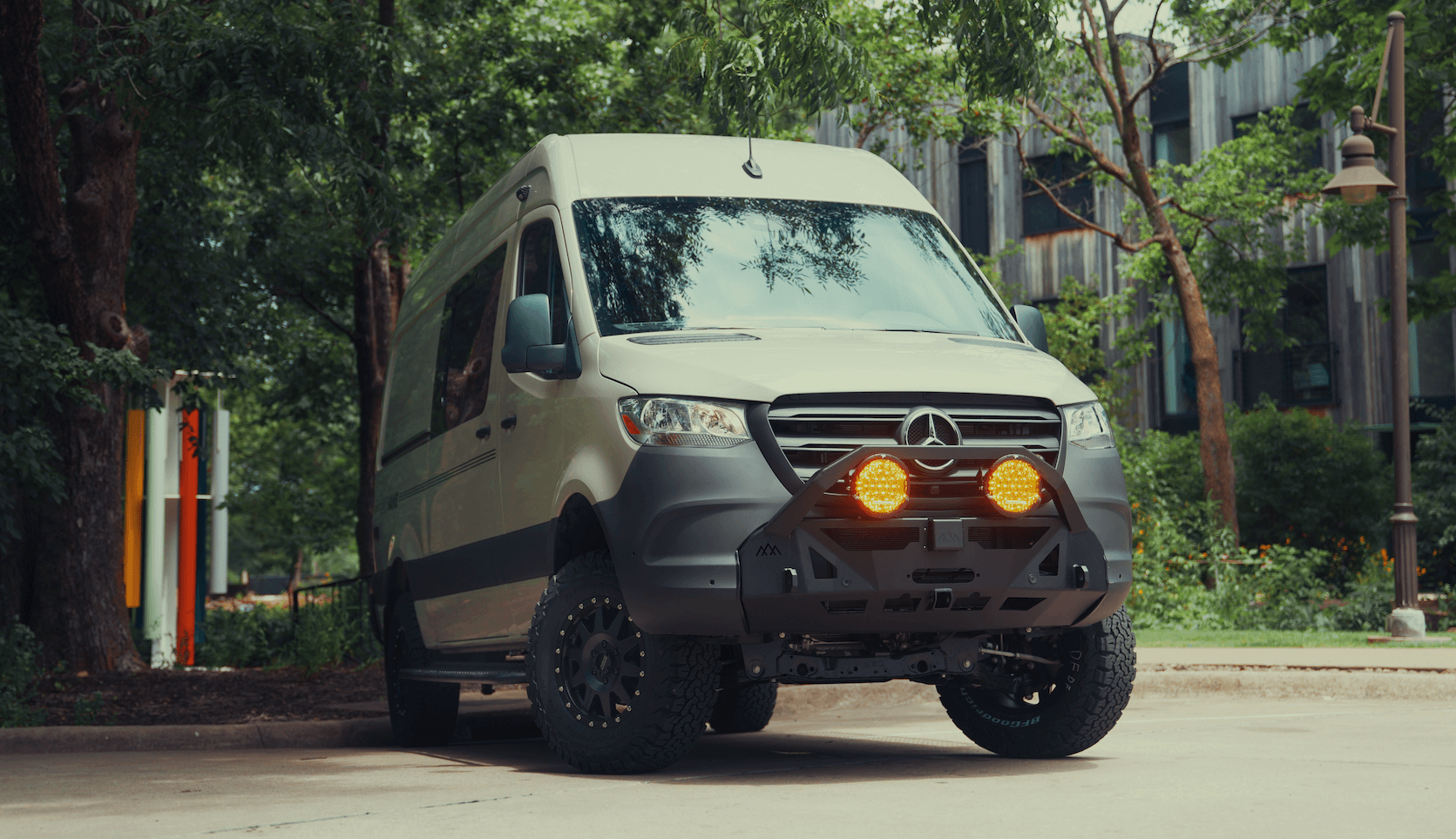Recreational Vans

Shipping a van to South America usually comes down to two choices. RoRo means your vehicle rolls on and rolls off under port control. Container shipping places the van inside a sealed steel box, either solo in a forty foot container or shared with other cargo if dimensions allow. Your route choice depends on starting point, budget, and travel plan once you land.
Popular arrival ports include Cartagena in Colombia, Montevideo in Uruguay, Buenos Aires in Argentina, Santos in Brazil, and Valparaiso near Santiago. Overlanders crossing the Darien Gap often ship from Colon or Manzanillo on the Caribbean side to Cartagena. Those sending a van directly from North America pick sailings that align with their timeline and insurance needs. Space for tall builds varies by carrier deck height and container door openings.
RoRo is usually simpler and often less expensive. The trade off is you cannot keep loose personal items inside, and the vehicle is accessible to port staff, so you should ship it empty and locked as allowed. Container shipping costs more but offers a sealed environment, better security for gear, and fixed sailing windows if you book early. Containers also protect against salt air during transit.
From the east coast of North America, sailings commonly feed into Caribbean hubs and then on to Colombia, Brazil, Uruguay, or Argentina. From the west coast, options can include transits to Chile or Peru depending on carrier schedules. Check frequency, transit time, and the port handling fees on both ends, since those local charges can be a meaningful part of the total.
Plan your paperwork as carefully as you plan your route. You will need a valid passport, original vehicle title in your name, and permission documents if there is a lien holder. The carrier will issue a booking confirmation and later a Bill of Lading. Some countries require a notarized power of attorney for local agents to act on your behalf.
Most South American countries do not require a carnet. Instead, you obtain a Temporary Import Permit on arrival, valid for a defined period and tied to your passport. Border officers may check the VIN, match it to the title, and record your entry. You will need local liability insurance before driving on public roads. Arrange it ahead of time when possible, or work with agents near the port who can issue a policy quickly.
Temporary Import Permit durations differ by country and can range from weeks to months. Keep multiple copies of all documents, and note the expiry date at the counter. If you plan to pause travel or store the van, confirm that storage does not violate the permit terms. Overstays can lead to fines or forced vehicle export.
Biosecurity standards vary, and some ports are strict about dirt, plant matter, and food residue. Clean the undercarriage, wheel wells, and interior before handoff. Most carriers require the fuel level to be below a stated threshold and the battery to be disconnected. Propane must be empty and valved off, and some carriers require removal of loose canisters. Lithium systems should be clearly installed and secured as part of the vehicle, not shipped as loose cargo.
Treat the van like checked luggage with gravity. Anything that can move will move, so hard mounted cabinetry and metal tie down points are your friends. Remove bikes, surfboards, and loose valuables. If using RoRo, keep only fixed items inside and photograph the interior just before port delivery. If using a container, lock the van and add a high quality container seal.
Seasonality can affect pricing and schedule reliability. Peak seasons may reduce available space for tall or heavy vehicles. Book early and build slack into your travel plan. Ask your shipper about port storage fees if vessels are delayed, and clarify whether the rate includes handling at both origin and destination.
Costs depend on van dimensions, route, carrier, fuel surcharges, and local port fees. RoRo can be hundreds to a few thousand dollars less than a sole use container, while shared containers can narrow the gap if you find a match. Transit time is only part of the equation. Add days for drop off, customs, and pick up, and assume that occasional rollovers can push your sailing to a later vessel.
A well organized interior makes port prep faster and reduces risk. Fixed aluminum or steel lashing points, lockable compartments, and clean electrical installs help pass inspections and protect gear. Weatherproof exterior storage reduces clutter in the cabin when you must ship it empty. If you plan to cross the Darien Gap by sea or start your trip with a direct sailing, get the van sorted well before your booking date.
OZK Customs can configure secure storage, mount power systems that pass visual inspections, and set up exterior carriers that survive nautical handling. We also build complete adventure vans that are ready to roll the moment the doors open on the far side. Explore what works for your route and your timeline.
Bring us your route, target port, and sailing window. We will map the build decisions that protect your investment at sea and simplify customs day on land. Contact OZK Customs to prepare a van that ships clean, lands ready, and drives straight into your South America story.
Ready to prep your rig for international shipping and a long road through the Andes and the Atacama. Talk with OZK Customs about secure storage, compliant power systems, and build choices that survive ocean transport. Send your plans now and we will spec a clean handoff to the port and a reliable start on South American soil.
ADDRESS:
6159 E Huntsville Rd, Fayetteville, AR 72701
PHONE:
(479) 326-9200
EMAIL:
info@ozkvans.com